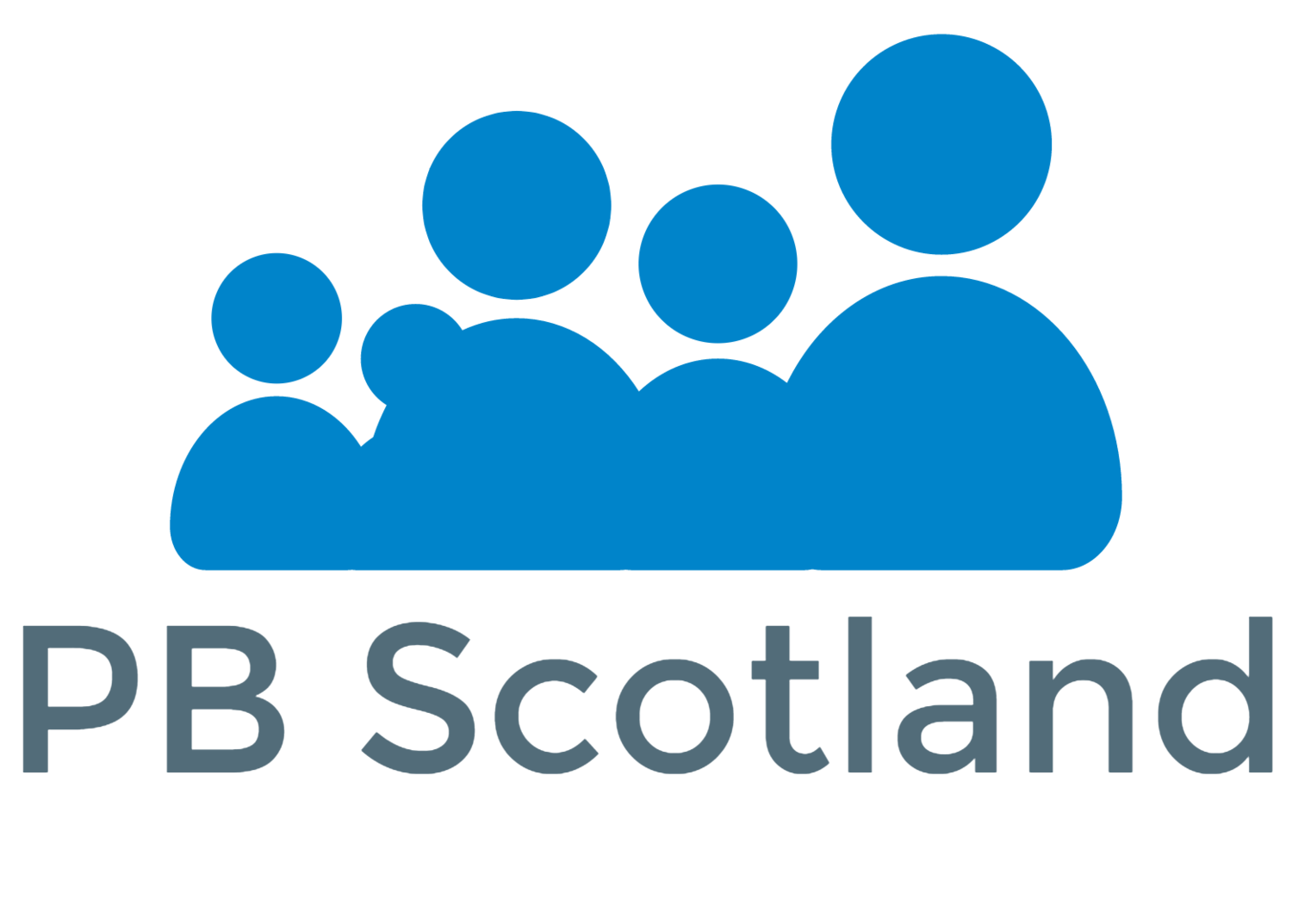Typical Small Grants Process
Once funding has been identified PB can be used as a method of deepening and strengthening community relationships and partnerships.
A typical small grants process would normally follow an 8-stage process:
Identify and form an appropriate planning group
Who should be in the planning group? Ensuring that it is equitable and representative, how will the group build the skills, knowledge, and confidence of those to be involved?
The next 7 stages should be the responsibility of the planning group collectively.












